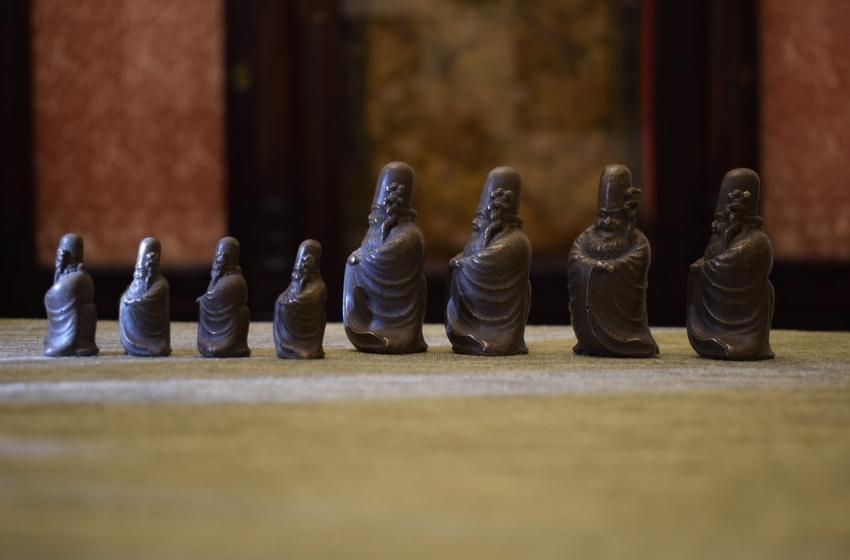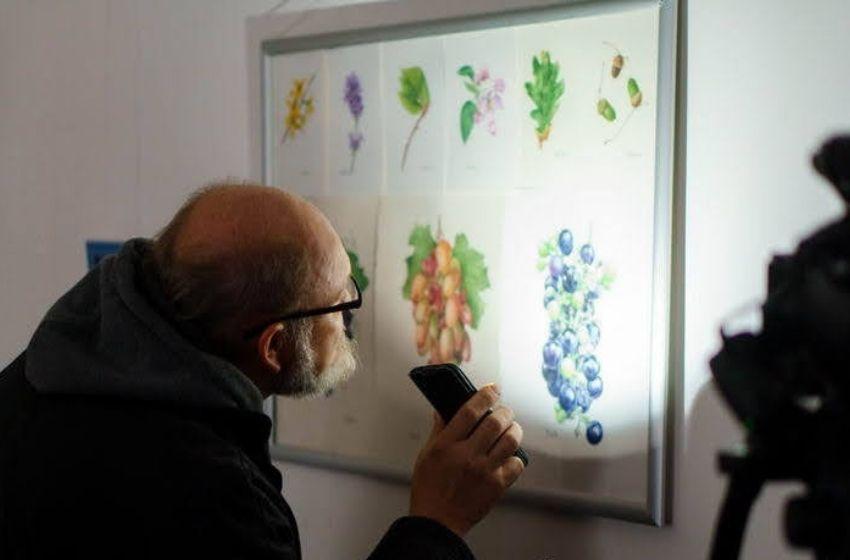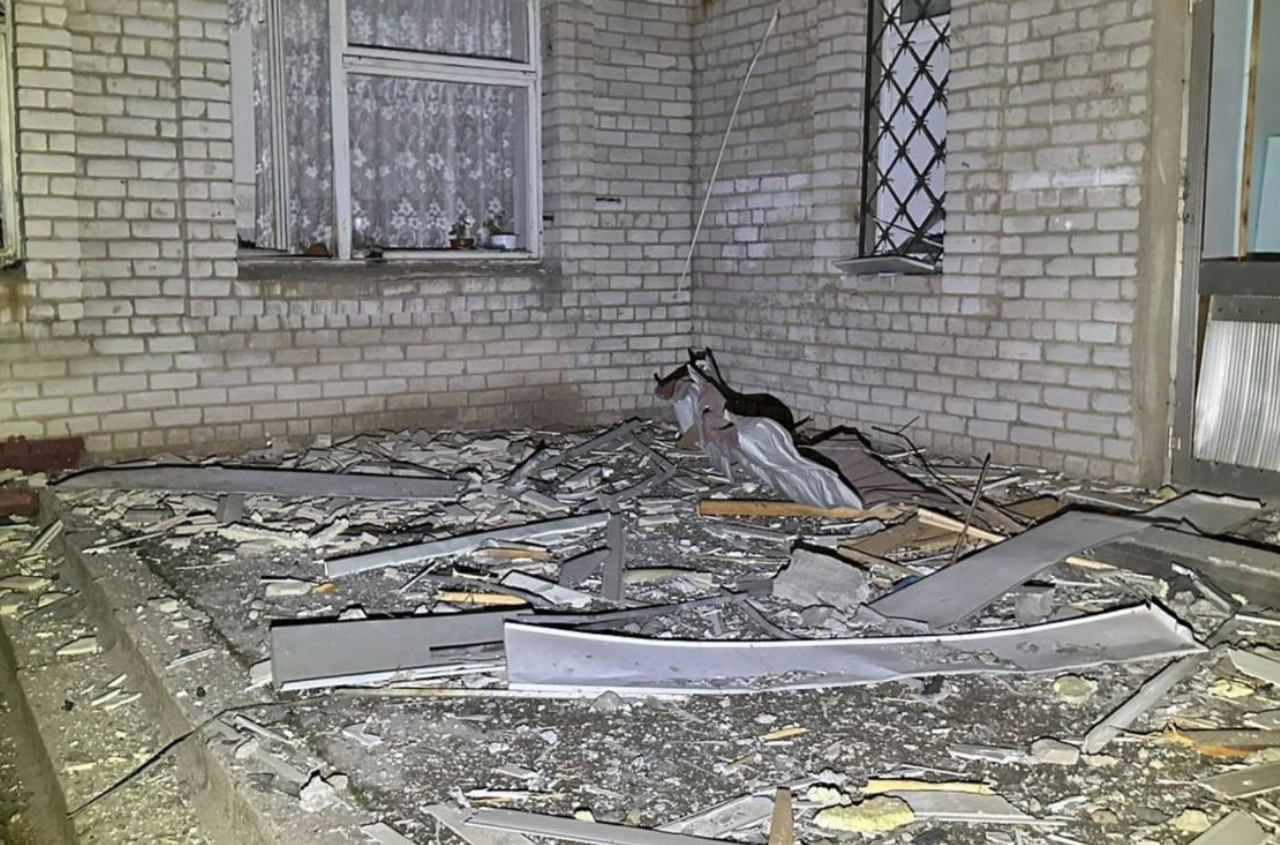More than a thousand exhibits - paintings and antique furniture, porcelain and bronze, bone products and Chinese lacquer boxes, art objects from different countries, from Britain to China, were housed in ten rooms of the museum. It is hard to imagine that all this was assembled by one person and until recently was crowded in two rooms of his apartment.
Alexander Bleschunov himself was born in Kharkov, but soon the family moved to Odessa. Here the young man graduated from the Institute of Water Transport Engineers, and as a student he organised an alpinism section, which he headed for more than 30 years. Later, a peak and a pass in the Pamirs will be named after Bleschunov.
Bleschunov carried passion for collecting art objects through all his life, considering gathering as an important social factor but not only one’s personal matter. He believed that collectors are powerful army of keepers of the cultural heritage of the past and that their collections should be concentrated in the official public repositories.
On his initiative, at 19 Polskaya Street, the first and only municipal museum of private collections in Ukraine was opened, in which he was the director until the end of his life.
In this article, we will tell you about the ten most valuable exhibits of the museum and also invite you to visit the museum in the nearest future.
1. Old Believer icon of the Mother of God "Satisfy the disease" in a robe, decorated with river pearls and rock crystal. XVIII-XIX centuries.
2. Cross-engolpion for keeping sacred relics with the image of Saint Prince Boris. Kievan Rus, XI - early XIII century.
An encolpion is a medallion with an icon in the center worn around the neck by Orthodox and Eastern Catholic bishops. The icon is normally surrounded by jewels and topped by an Eastern-style mitre. It often also has a small jewelled pendant hanging down at the bottom.

3. Patch for chasuble - the vestment of a Catholic priest, made using the technique of obverse sewing. XVI century.
The chasuble is the outermost liturgical vestment worn by clergy for the celebration of the Eucharist in Western-tradition Christian churches that use full vestments, primarily in Roman Catholic, Anglican and Lutheran churches. In the Eastern Orthodox Churches and in the Eastern Catholic Churches, the equivalent vestment is the phelonion.

4. Objects from the "Swan Service", the most luxurious service produced by the Meissen Manufactory. Created by order of the first minister of August III, Heinrich von Bruhl for the wedding day. 1737-1741.
The first porcelain manufactory in Europe, Meissen, is renowned for its sumptuous royal sets and incredible sculptures. It was founded in 1710 in Meissen by the King of Saxony August the Strong, a passionate collector of oriental porcelain. The manufactory keeps in the archives all the forms created over three hundred years, and the "Swan Service" remains a hit to this day.

5. Ritual vessel "hu" for wine, used in the ceremony of worshiping ancestors. 1465-1487, Ming dynasty.
6. Table stamp seal of the Elector of Saxon, King Frederick Augustus III of Saxony, 1763.

7. Handwritten prayer book of Tibetan monks, 17th century.
8. The Chinese Coromandel screen is the only one in Ukraine made using the Coromandel lacquer technique. These screens are distinguished by their large size, a large number of doors, and decorations made of ivory and mother-of-pearl.

9. A collection of fans, which presents unique fans of ostrich feathers, horn plates, ivory, turtle shell.
10. Collection of Chinese snuff bottles. The craftsmen used semi-precious stones, porcelain and carved lacquer, and painted these snuff boxes from the inside.
Snuff bottles have fascinated Western and Asian collectors since they were first produced in China in the early part of the 18th century. Conceived as precious containers for ground tobacco imported into China, snuff bottles were initially made for the emperor and the court, and eventually produced in much greater quantities for a public who enjoyed their functionality as well as their display as symbols of status.






















